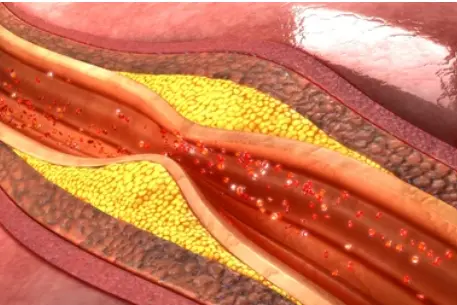 Welcome
Welcome
“May all be happy, may all be healed, may all be at peace and may no one ever suffer."
Bacterial Meningitis caused by Staphylococcus - Generics
Staphylococcus is a type of bacteria that can cause infections, including bacterial meningitis. While bacterial meningitis caused by Staphylococcus is less common than other types of bacterial meningitis, it can still occur.
Staphylococcus can enter the bloodstream and travel to the brain, causing inflammation and infection of the membranes surrounding the brain and spinal cord. Symptoms of bacterial meningitis caused by Staphylococcus can include fever, headache, stiff neck, nausea and vomiting, sensitivity to light, and altered mental status.
Treatment for bacterial meningitis caused by Staphylococcus involves the use of antibiotics to eliminate the bacterial infection. The choice of antibiotic may depend on the specific type of Staphylococcus causing the infection and its antibiotic susceptibility. In some cases, corticosteroids may also be used to reduce inflammation and swelling in the brain.
Prevention of bacterial meningitis caused by Staphylococcus involves practicing good hygiene, such as washing hands frequently and avoiding close contact with individuals who are sick. Antibiotic prophylaxis may be recommended for individuals who are at high risk of developing bacterial meningitis, such as those with weakened immune systems or certain medical conditions. Vaccines are also available for some types of bacterial meningitis, such as the pneumococcal and meningococcal vaccines, which are recommended for certain high-risk populations.

Vestibular neuritis

Angiography

Acute heart failure

Neutropenia

Vaginal atrophy

Diabetic ketoacidosis

Fungating tumors

Tension
Bacterial Meningitis caused by Staphylococcus, ব্যাকটেরিয়াল মেনিনজাইটিস স্ট্যাফিলোকক্কাস দ্বারা সৃষ্ট
To be happy, beautiful, healthy, wealthy, hale and long-lived stay with DM3S.